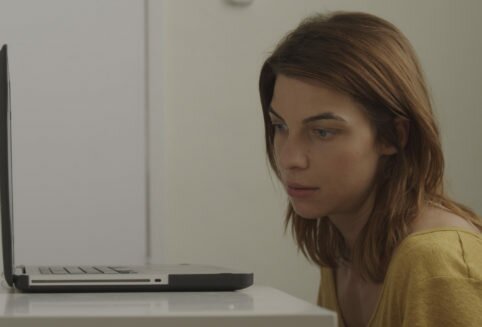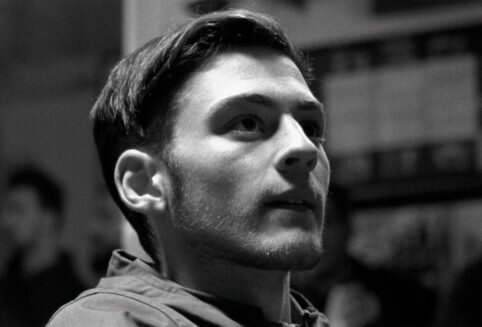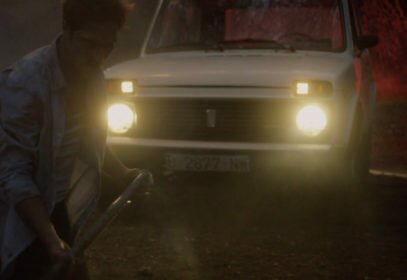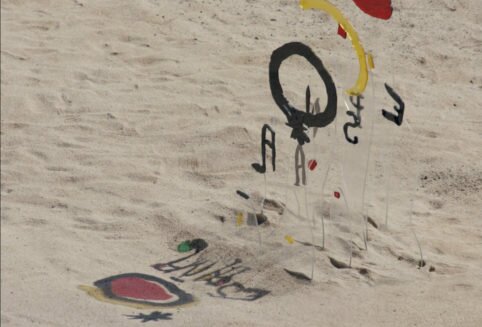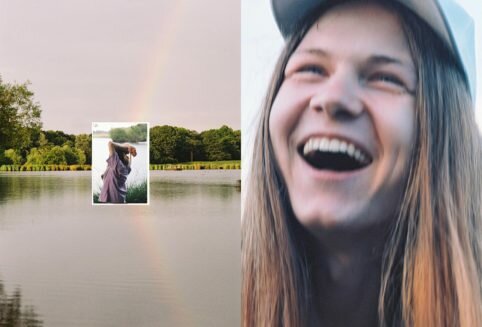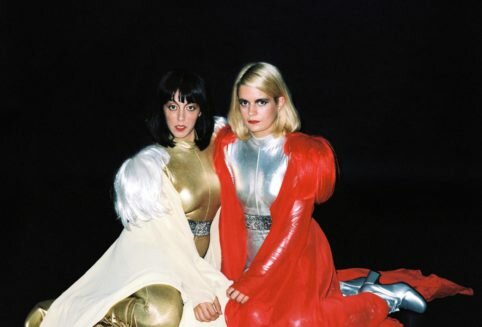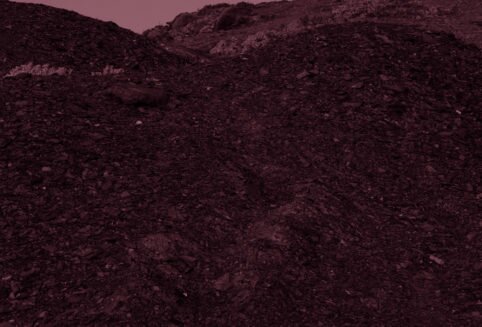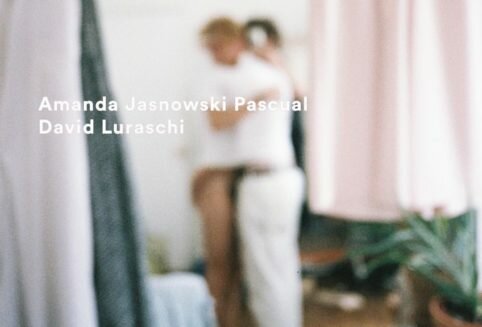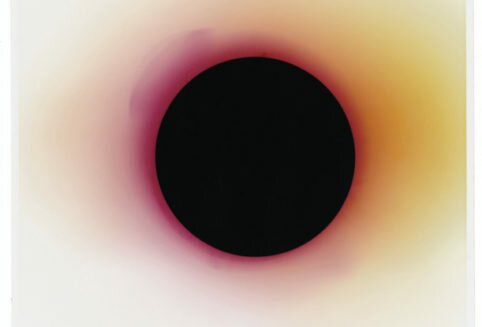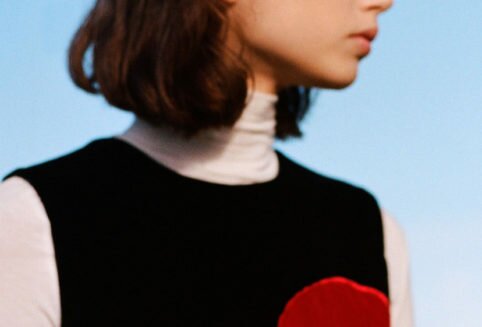Could this other formula be true as well: stale traditions + pop?
It could be too, yes. Here in Andalucía there’s a lot of that; a lot of kitsch flamenco and old stale covers. It’s so close to us that I guess it’s an influence. It’s our way of digesting our surroundings and enjoying them. At the end you end up liking everybody… or almost!
And this one: familiar references + crunchy perversion?
I’d even call it Crocanti Perversion.
Do you think that popular culture icons are there, precisely, to be manipulated, to play around with them?
It’s one of the best uses one can make of culture. And, besides, culture itself is a remix… and a collaboration, it’s all very Creative Commons, or underground, or countercultural, do it yourself, etc. Here we have many important aspects.
Remix is in day-to-day life, in jokes, in Whatsapp images, in music, in playlists, in magazines, bands, blogs, festivals… We all remix and try to add a certain personal point of view if we can, some original touch. But it’s all a remix and authorship is always shared.
It’s true that it’s a game, as you say, but I also think that it’s an important and useful game. It doesn’t need to be high culture for it to work.
Seen superficially, it seems as though in your photomontages you only sum two parts of different images, but maybe some works are more complex and are a sophisticated mix of more images.
It’s true that some posters are the result of just uniting two simple images, it happens. But you always have to work a lot in order to find what you’re really looking for. The trick is for the images to appear as though they’re integrated, but there’s a lot of work behind: colour integration, textures, illumination, recreation of parts which aren’t there… and there are also lots of discarded sketches. Lots of them! With humour, for instance, you can do different versions and sometimes it’s a mystery which ones do work and which ones don’t. The ideal thing is working hard and for the process to give you results along the way. It can’t be controlled. Or, well, it shouldn’t be!
Many of your works use, mmm, “sensitive” elements: politicians’ faces, religious icons… Have they given you many problems?
I try not to cross the offensive border and always treat the characters I use with justice and equality. It sounds like I’m joking, but I really do try, and I think that’s why, because I don’t overdo graphic violence and bad vibes, I haven’t had many problems with censorship. I at least try to avoid controversy and calling for attention for the sake of it. I could make wilder posters, but I’m not really interested in graphic violence. I see it in some humour magazines and I don’t think it’s the ideal way to go. Laughing at corrupt people with such violence doesn’t generate change, but a worse feedback. Or it might be just that I’m not famous enough. That’s also true. If you’re not too famous, or if you don’t start spending money like a madman, they leave you alone: you’re just another hippie with a computer. Sometimes people have refused to hang a poster, or they have tried to censor me, but never too big a deal. In any case, with the current “gag law”, anything can be censored, so we’re all on the same boat.
Do you think your posters have helped Pony Bravo to be perceived as a band with a political dimension?
I’m not sure whether having a political dimension today is good or bad… It sounds weird. I guess they have. In fact, we’ve been defending Creative Commons for about ten years, fighting the SGAE, publishing our own records without ever perceiving our copyright money, organising stuff, saying no to offers from big labels, publicity deals, trashy TV… It’s all very 15M and without a coin, etc. So I guess that yes, we are living these times and this approach. At first no one wants to get involved, and you’re cooler if you talk about these topics in a subtle way, softly, metaphorically, without going in too deep. But it’s the times you end up having to live. I think it’s a lot more seedy and vulgar not to fight, not talking about anything but you. So it’s also a question of style.
By the way, Political Dimension sounds like a super cool name for a band! It would be very funny to call a band that. I’d go see them, for sure!





